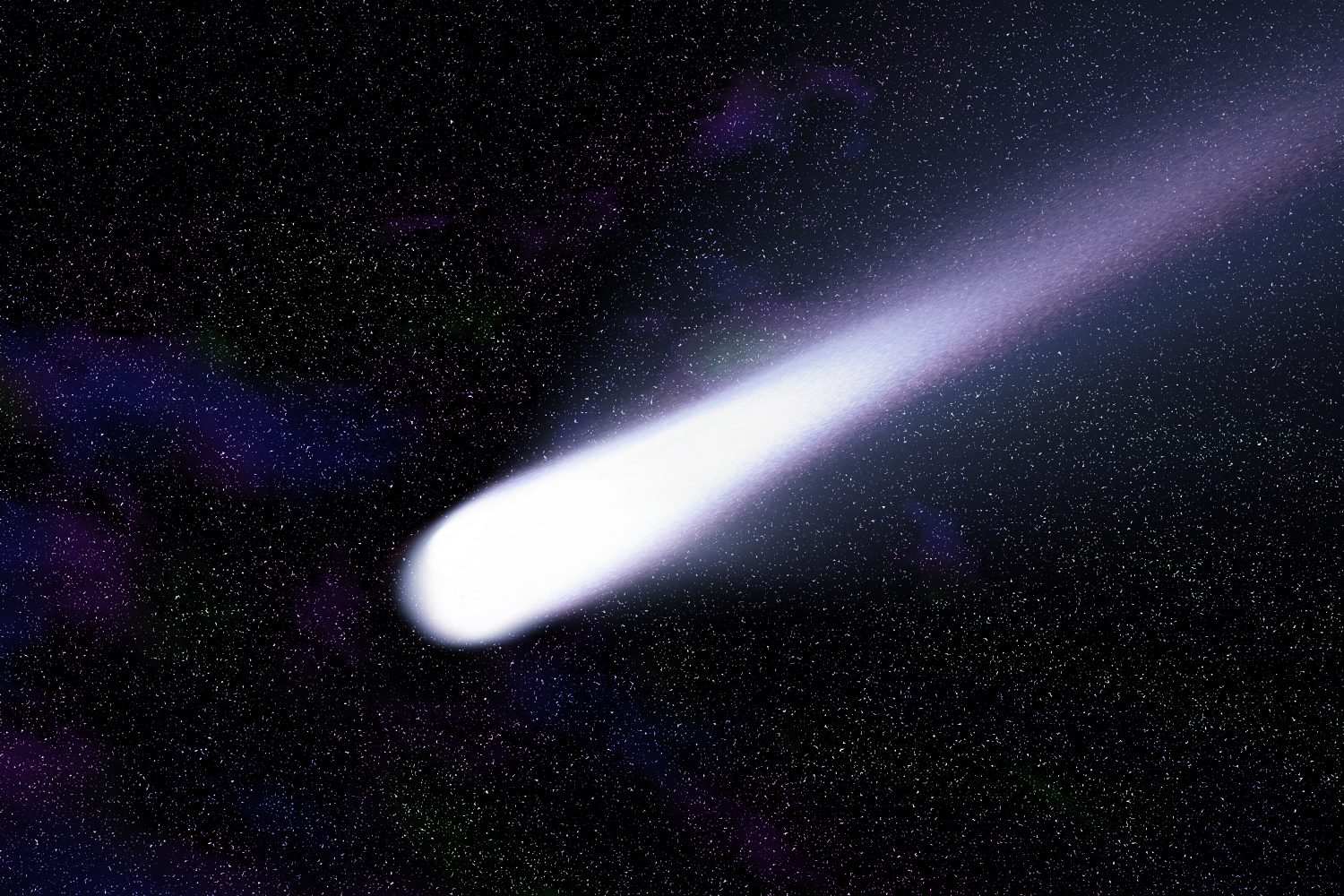
Comets and meteor showers light up the North Texas night sky.
Adobe Stock
Remember 1986? What a wild year here in Texas. The state was awash in sesquicentennial revelry, Hands Across America was all the rage, falling oil prices dealt the state’s economy a tremendous blow and Patrick Duffy’s Bobby Ewing made a shocking return to the legendary primetime soap Dallas.
1986 was also the last time that Halley’s Comet flew across the vast Texas sky. For those who weren’t around back then, anticipation for the comet, which only comes around every 76 years, was similar to the buzz generated by the 2024 total solar eclipse. It was a really big deal, even if much of Texas didn’t have the greatest visibility of the celestial streak of light.
Sky watchers in North Texas tonight can possibly feel a bit of a connection to Halley’s Comet when a bunch of fireballs soar through the sky. The Orionids meteor shower is set to peak tonight, Oct. 21, aligning with October’s new moon.
“The Orionids are a medium strength shower that sometimes reaches high strength activity. In a normal year the Orionids produce 10-20 shower members at maximum,” says the American Meteor Society’s website. “In exceptional years, such as 2006-2009, the peak rates were on par with the Perseids (50-75 per hour). Recent displays have produced low to average displays of this shower. In 2025, a new moon will occur on October 21st and there will not be any lunar interference at all.”
When describing the Orionids shower, NASA gushes over its aesthetics, writing that it’s “considered to be one of the most beautiful showers of the year. Orionid meteors are known for their brightness and for their speed. These meteors are fast – they travel at about 41 miles (66 kilometers) per second into Earth’s atmosphere.”
But what about this shower is connected to Halley’s Comet, you ask? Well, NASA comes to the rescue again.
“The pieces of space debris that interact with our atmosphere to create the Orionids originate from comet 1P/Halley,” NASA’s website explains. “Each time that Halley returns to the inner solar system, its nucleus sheds ice and rocky dust into space.”
How to Watch the Orionids
Simply put, find the darkest stretch of sky you can, look up and pay attention.
“With a moonless sky, you’re much more likely to catch a fireball careening through the night,” NASA notes. “So find a dark location after the sun has set, look to the southeast sky (if you’re in the northern hemisphere) and the northeast (if you’re in the southern hemisphere) and enjoy! Orionid meteors appear to come from the direction of the Orion constellation but you might catch them all across the sky.”
